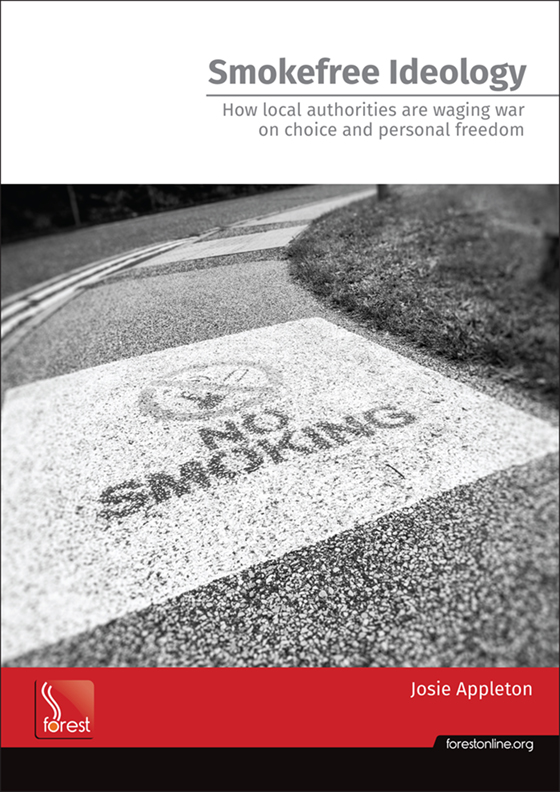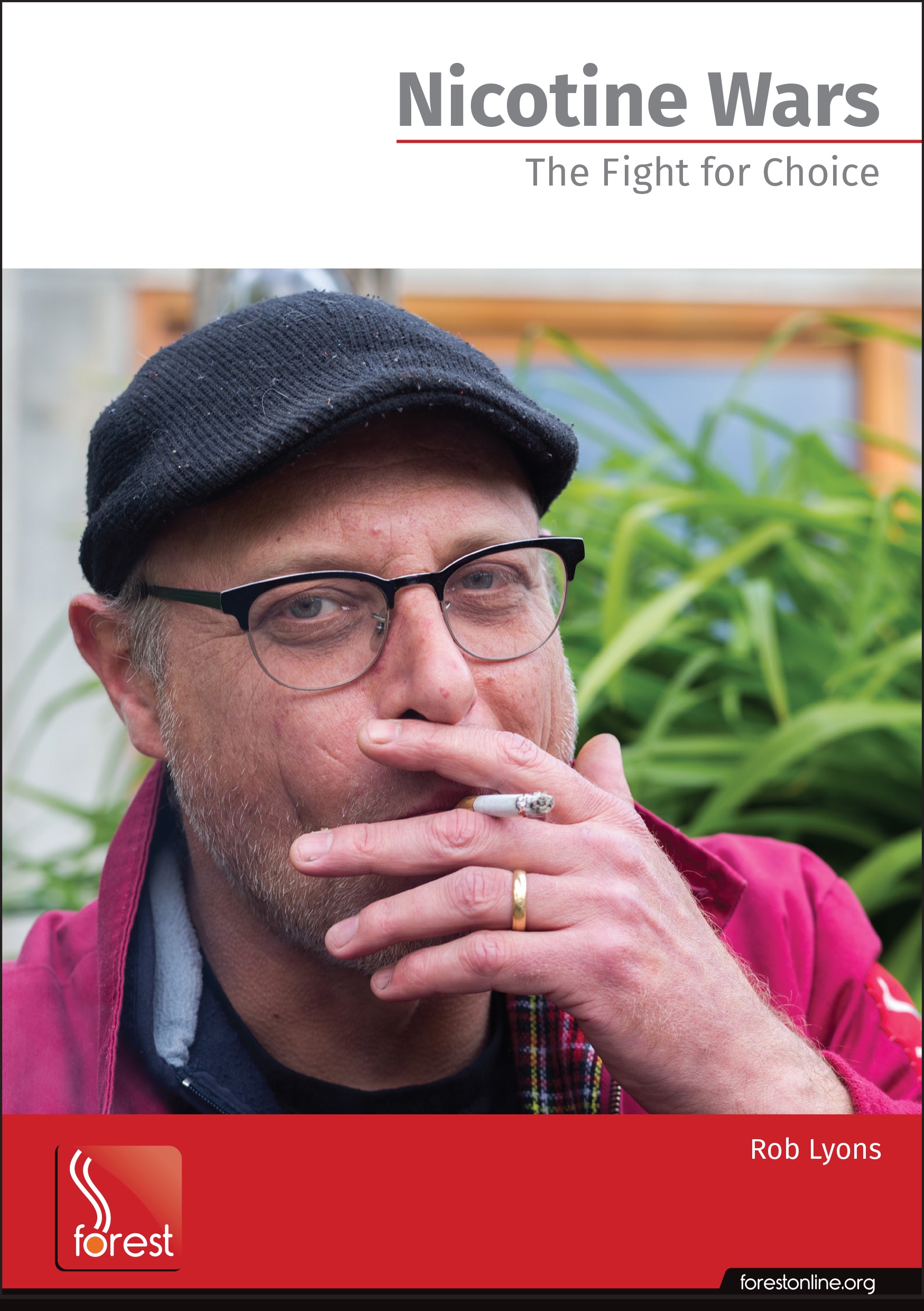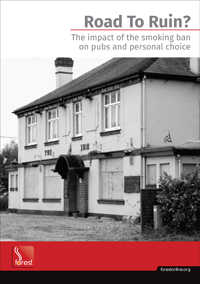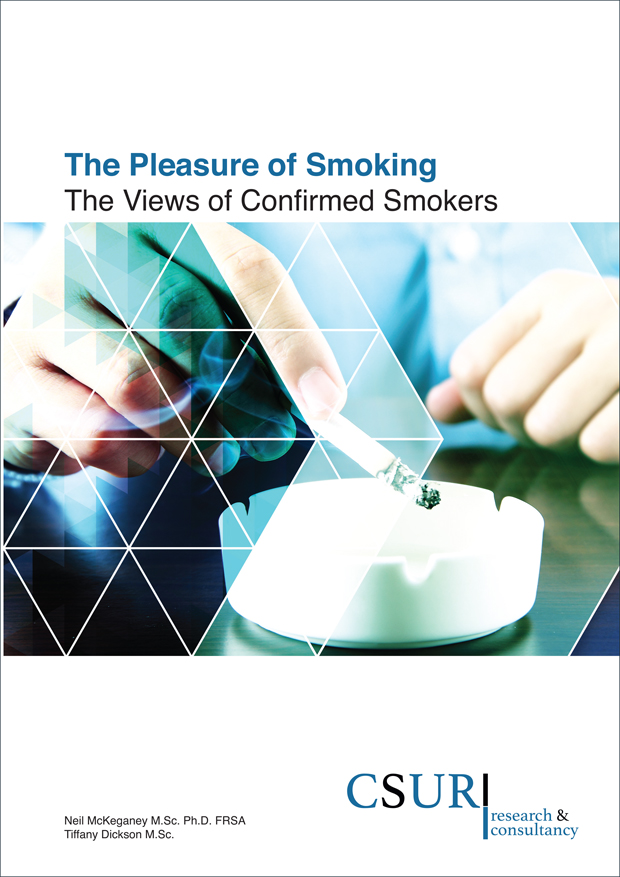Dose is the poison – guest post by Pat Nurse
 Saturday, September 10, 2016 at 16:05
Saturday, September 10, 2016 at 16:05 
Occasionally I'm happy to publish a guest post, with this important qualification: the views expressed are not necessarily mine! The aim of such posts is to stimulate discussion on sometimes taboo subjects – in this instance the argument that, contrary to popular belief, there is a 'safe' level of smoking. Personally I'm of the opinion that smoking is like Russian roulette. There's no doubt in my mind that smoking does pose a risk to the health of the smoker – exacerbated if you're a heavy smoker – yet millions of people smoke for decades without coming to significant harm. Why some smokers develop serious illnesses and others don't could be down to the amount they smoke (common sense suggests the more you smoke the greater the risk) but I don't think the evidence is conclusive. Like Russian roulette there appears to be an element of luck involved, including genetics. Other factors that may reduce smoking-related health risks include diet, regular exercise and generally keeping fit but there's no guarantee that even these factors will dramatically reduce the risks. I'm no expert – I merely defend people's right to make informed choices – but the 'safe level' issue ought to be discussed more widely because it's scandalous that smokers are given just two options by public health – quit or die – when real life experience suggests it's far more complex than that. Comments welcome.
DOSE IS THE POISON by Pat Nurse
The 'no safe level' of smoking claim is as hysterical as claiming there is no safe level of many other of life’s pleasures in this health obsessed century. Cars are sucking the air out of our bodies, a glass of wine is a killer, sitting down is lethal and, of course, if smoking kills (full stop) it follows there must be no safe level of vaping either.
Most people accept the simple truth that anything in moderation is not going to harm you while anything done to excess may lead to a destructive end. I believe there is a safe level of smoking and, like most things, it probably depends on how much you consume, your overall lifestyle and your genetic make up.
If we believe that smoker Jean Calmert, who lived to the age of 120 and stayed healthy and active her whole life, smoked two cigarettes a day for 94 years then that has to be a safe level of smoking for her. Maybe even 30 cigarettes a day is a safe level for some people or smoking home grown tobacco without all those government approved chemicals.
If you take the hysteria out of the issue, and the politics, then common sense would dictate that those of us born in the mid 20th century who are now living to a very old age have either smoked or been around smokers for a significant part our lives, so it would seem there is a safe level of smoking (or exposure to smoking) but it doesn't fit the political agenda to find out or, God forbid, tell smokers what that 'safe level' is.
Today the apocalyptic health warnings have become so grotesque and abusive that the central message that smoking can kill or harm is being lost. The bigger the warnings the more they are ignored. Meanwhile, as non-quitters have stopped listening to these alleged experts' exaggerated forecasts of doom and gloom, they are not being honestly informed or educated on how much is safe to smoke.
Abstain
Like the drinker who wakes up with a whacking hangover knowing the amount they drank the evening before was far too much, or the fatties who know they ate more than they should have, so smokers know the effect heavy smoking has on their own bodies and when they should cut down or abstain.
I knew when I returned from my recent trip to Rotterdam which came at the end of our road trip across France, Italy, Sardinia, Belgium and the Netherlands. In want of a coffee and a smoke inside on a rainy day I ventured into a 'coffee' shop. One week and several spliffs later my chest felt like a furnace. I definitely needed to reduce my tobacco smoking and use aids to help with harm reduction. After a few days the rawness in my chest and the hacking cough was gone.
Weed has ten times the tar level of tobacco but there must be a 'safe level' of cannabis smoking or surely America’s government nannies in Colorado would not have decriminalised it and raked in huge revenues as a result. After all, when it comes to smoke, American lawmakers - like others in alleged 'civilised' Western countries - are hysterical about it and whether you smoke marijuana or tobacco smoke is still smoke with all those nasty particles in it that can send normally reasonable and rational people into a frenzy of irrational fear.
In the same way that some vapers turn their noses up at tobacco smoke, and claim their product saves lives, so do stoners who talk up marijuana’s alleged beneficial qualities and believe the only harmful thing about dope smoking is the tobacco. In Rotterdam I could have a joint with tobacco in it, if I wanted to smoke it outside, but I was told most people prefer their weed raw “without the harmful chemicals of tobacco included". I chuckled at that.
With good ventilation and a bouncer on the door checking people's age, the Dutch coffee shops were an example of how smokers could be accommodated in their own pubs, clubs and meeting places without the need for a blanket indoor ban, which would also get them off the streets and out of the path of those who equate a wisp of smoke with the mustard gas dropped on children in Syria. In fact, if you ask those children the true meaning of 'poison', tobacco smoke wouldn’t even be on the scale.
Reduce
When I want to reduce my smoking I knit to keep my hands busy. I often use two filters - tar filters and carbon filters - and I smoke differently. I inhale less and not as deep. A cigarette holder in addition to those two filters really does make an extra difference.
When I was young I would not have been seen dead with one but those old ladies from the 1920s and 30s knew what they were doing. Not only does it filter away even more tar it prevents stains on the fingers. They come in many shapes and sizes and can be transparent so you can see the tar that isn’t going into your body.
Of course vaping can't be ignored as a harm reduction tool but for those who smoke for the smoke not the nicotine it's unsatisfactory. Heat not burn products are emerging and there were all sorts on sale in the Rotterdam coffee shop including an Enjoint. These things can also be used to burn tobacco.
Meanwhile there's a lack of honest information given to smokers by public health bodies who have abandoned any thought of harm reduction for those who want to smoke in favour of bullying us out of existence to appease those who either hate or fear smoking.
It's high time then that governments considered harm reduction for smokers who don't want to quit. Propaganda and fearmongering to promote an ideological quit smoking agenda are not acceptable to those of us who have smoked for more years than these younger so-called tobacco control 'researchers' have been breathing.












Reader Comments (10)
Very good points Pat. I wish that cigarette manufacturers published a list of ingredients and tobacco used on the pack like food manufacturers do. Why on earth isnt this done ? Aren't we worth it. Now that my beloved brand of Turkish cigarettes is vanishing under these new rules why doesnt somebody manufacture a cigarette using top quality tobacco ?
I suppose they are not allowed to and now, because of pp, they are no longer allowed to tell us tar content or nicotine content.
They did, however, tell us what blends were included in the product - on rolling tobacco anyway. I wouldn't know if that is put on tailored cig packets though.
I believe cigarettes have become so over-regulated that I can't tell the difference in what I am smoking!
I used to love the distinctive flavour of Malrboro and Winston, but now they taste no different to any other cigarette! Hubby and I tried it on holiday last year; we bought a pack of Marlboro and a pack of Winston - when we tried them we were really disappointed. At a later date we mixed some of the ordinary, cheaper, cigarettes we buy in bulk to bring home, in the packet with both these brands. Whenever we had a smoke we had to check the name on the cigarette to know which one we were smoking! It is ridiculous that some cigs are grossly more expensive than others when they all taste the same now!
Peace of mind is a great health giver. Depending on the individual a smoke may help that state. Making people feel bad about themselves does not. We are all different. Our circumstances are different and we have different needs. Public Health policies which take no account of that can actually cause harm to people, in the form of depression and maybe breakdowns of friendships. Yes,give valid (repeat valid)information but above all, do no harm.
Did Jeanne Calment really smoke as few as two a day? My impression is that the anti-smokers made that up or perhaps it was an observation of her behavior late in life. I may well be wrong though.
I also believe that cigarettes were about 4 times stronger 50 or so years ago. I think Dr Gio Gori argued that, back then, 2-3 cigarettes per day did not correlate with any so called "risk increase" and that that would be equivalent to around 10 now.
Timescales, Pat. Timescales.
Timescales are never mentioned by Tobacco Control. They say that there is a risk, and they pretend that the risk is the same for all people at all ages. That is simply not true. Or rather, it is only true if you consider people to be an amorphous mass, like a herd of almost identical cows, or a nest of ants.
You have recently been on a long holiday. Because you were driving on the 'wrong' side of the road and over strange territory, you were more 'at risk' than I was, driving occasionally on familiar territory. That is true. But your personal risk in that situation was dependent upon other matters as well as driving on the 'wrong' side of the road. You might be very familiar with driving on the 'wrong' side of the road. In that case, your risk is vastly reduced. That means that the likelihood of you being involved in an accident, when driving is Europe, is spread out over a much greater length of time than it would be for a person who was not used to driving in Europe. Thus, you could say that the numerical risk is the same, but the time-likelihood is vastly different.
The risk of death and serious ailments from SHS is negligible in the normal lifespan of human beings - by hundreds of years. But that does not mean that some individual, somewhere in the world,would not be 'at risk' from, say, a severe asthma attack, or some similar allergy. That person would be 'at risk', but such a risk cannot be generalised to the whole population.
Frankly, I think that 'risk' has become a totem pole around which 'Public Health' dances.
"I often use two filters - tar filters and carbon filters - and I smoke differently. I inhale less and not as deep. A cigarette holder in addition to those two filters really does make an extra difference."
That's what I used to do before I finally switched over to vaping entirely. The first thing that I noticed was that my throat became much clearer upon awaking in the morning. Then I had inadvertently, via researching harm reduction and vaping, stumbled upon a tobacco vaporizer three years ago that changed everything for me. Now I don't even inhale at all (...not preaching or saying that this is for everyone, just sharing my own personal experience). For me, vaping is now much like a pipe or a cigar without the smoke. Flavor is really important. For places where pot is legal, I am actually quite surprised that no one has come up with a higher pH cannabis for vaping (&/or even for smoking) so that so that smokers and vapers would have the added choice of not having to inhale (..getting off topic, sorry....). My mind wanders:-)
In any case, I agree with you that choice is the ideal that we should all hold paramount, and you are right again when you state that it's high time for governments to acknowledge our right to make our own choices while being supplied with the proper information to do so.
Cheers:-)
Screaming from rooftops that there is “no safe level” for smoking is simply an advocacy tactic by tobacco controllers without basis on epidemiological research. This research does reveal a dose reaction gradient, with less risk ratios (for example for lung cancer) for less cigarettes per day. Other measures of dose can be accumulated years of smoking and age of smoking initiation or years of cessation in former smokers.
Take for example this article featuring a large meta-analysis of “case control” studies in 11 European countries and (one) in Canada: Int J Cancer. 2012 September 1; 131(5): 1210–1219. doi:10.1002/ijc.27339. While the methodology of their “pooled analysis” (combining various smaller studies) can be criticised because the smaller studies will not (in general) have the same (or similar) design and confounding factors, it is still interesting to compare their “odds ratio” (OR) for various doses of cigarette smoking. The OR is the risk obtained as the fraction of smokers showing an effect, lung cancer, with reference to non-smokers (if OR = 10 ir roughly means 10 times more LC incidence than in non-smokers). Another potential methodological problem is the “misclassification”, that is, the criterion to define a smoker.
In this study a “regular” smoker is defined as having smoked 1 cigarette pack a year, with those smoking less classified as non-smokers. They define “current smokers” as those having kept this dose in a yearly basis.
This means that risk ratios for very occasional smokers are excluded. In fact, the authors recognise that this misclassification problem may significantly alter the odds ratios they obtain, specially in the lower dose spectrum.
In Table 2 they show risk ratios according to the amount of daily cigarettes, from < 10 to 10-20, 20-30 and > 30. Therefore, there is a grey area that is not clearly studied comprising a lot of occasional moderate smokers smoking between 1 pack a year to (say) 1 daily cigarette (almost 20 packs per year).
Still, in spite of this information vacuum and the criticism to their meta-analysis, their results reveal an increasing gradient of the OR for all types of lung cancer (all histologies): the OR for men smoking <10 to > 30 goes from 9.3 to 53.7, for women it goes from 3.2 to 40.2. It is very likely that smokers in the low dose end (say, < 1 daily cigarette) should have OR’s comparable to non-smokers.
Notice that the OR = 3.2 for women smoking < 10 is a moderate risk, much lower than the OR for diabetes from obesity [around 7 for BMI = 40, see JAMA. 2003 Jan 1;289(1):76-9]. It is interesting to remark that this OR = 3.2 is comparable to the OR in former male smokers having quit for 26-35 years and female ones for 11—22 years. Also, the OR for those smoking “other tobacco” (presumably cigars and pipes) is on the range of 3-6, but here there is no detail on the dose of smoking. Many epidemiological studies show that relative risks for moderate (1-2 daily) cigar smoking without inhaling is practically comparable to those for non-smokers in a large variety of diseases.
"Propaganda and fearmongering to promote an ideological quit smoking agenda are not acceptable to those of us who have smoked for more years than these younger so-called tobacco control 'researchers' have been breathing."
Perfect ending for a GREAT guest entry Pat! Keep on fightin' m'lady... We'll beat 'em in the end!
:)
MJM
Of course the tobacco control lobby like to down play the lung cancer risks to non-smokers as documented in the following article: "Lung Cancer Rates Surging in Never-Smokers."Madcap, September 9, 2015...
"Lung cancer rates are increasing in people who have never smoked, according to two new studies presented here at the 16th World Conference on Lung Cancer.
"In fact, at one institution, the incidence of never-smokers diagnosed with non-small-cell lung cancer (NSCLC) jumped from 13% to 28% during a 6-year period, Eric Lim, MD, from the Royal Brompton & Harefield NHS Foundation Trust in London, United Kingdom, and colleagues report in their study. And many of these patients initially presented with advanced-stage disease.
The second study demonstrated that the incidence of lung cancer in never-smokers is increasing in the United States. This was observed in three facilities, most significantly for NSCLC. At one institution, for example, the rate of never-smokers climbed from 8.9% in 1990–1995 to 19.5% in 2011–2013."
http://www.medscape.com/viewarticle/850708#vp_1